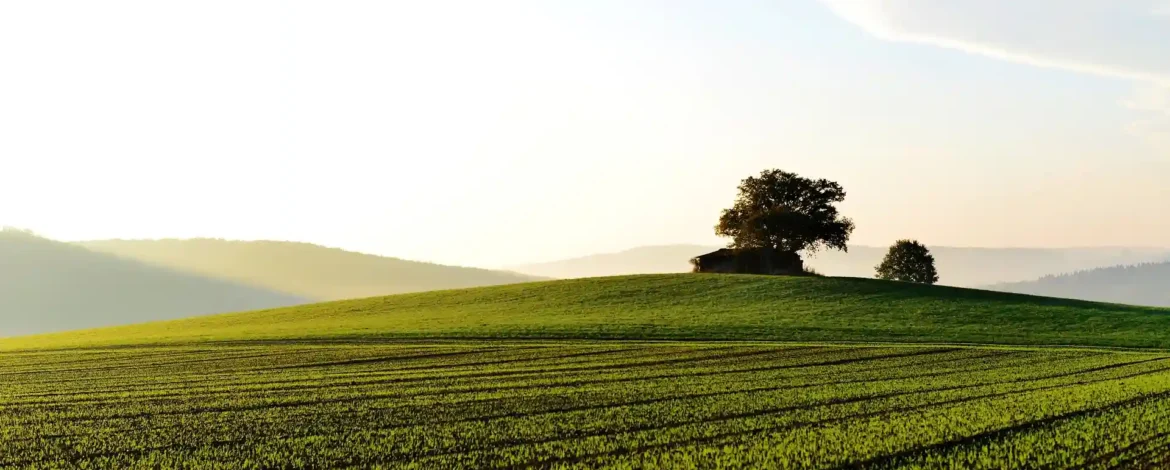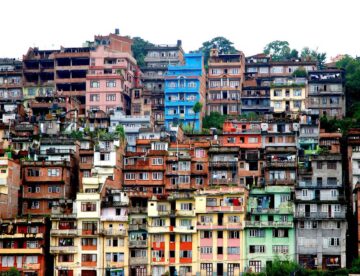When purchasing land in Nepal, understanding the traditional units of measurement such as Ropani, Aana, Paisa, Dam, Bigha, Katha, and Dhur is essential. These units are commonly used across the country and vary from region to region, influencing real estate transactions and land records.
Ropani is a traditional unit of area that is widely used in Nepal, especially in the hilly regions. One Ropani is equivalent to 508.72 square meters or 16 Aanas. The division continues with each Ropani consisting of 16 Aanas, and each Aana is further divided into four Paisas, making a total of 64 Paisas in one Ropani. A Paisa is subdivided into four Dams.
Bigha is another land measurement unit, more prevalent in the Terai region of Nepal as well as in parts of India. One Bigha can vary significantly in size from one place to another and can be approximately 6,773 square meters, but this measurement changes based on local standards. Each Bigha is typically divided into 20 Kathas.
Katha and Dhur are smaller units used in the plains (Terai). One Katha usually measures about 338.63 square meters, though this can vary, and each Katha is divided into 20 Dhurs. A Dhur is thus a smaller unit and provides a finer granularity when dealing with smaller plots of land.
Understanding these units is crucial for anyone looking to buy, sell, or legally document land in Nepal. The variations in size and the regional preferences for certain units mean that having a local knowledge or consulting with local experts is advantageous. Whether you’re dealing with large agricultural plots or small residential parcels, these traditional units form the backbone of land measurements in Nepalese real estate transactions.






